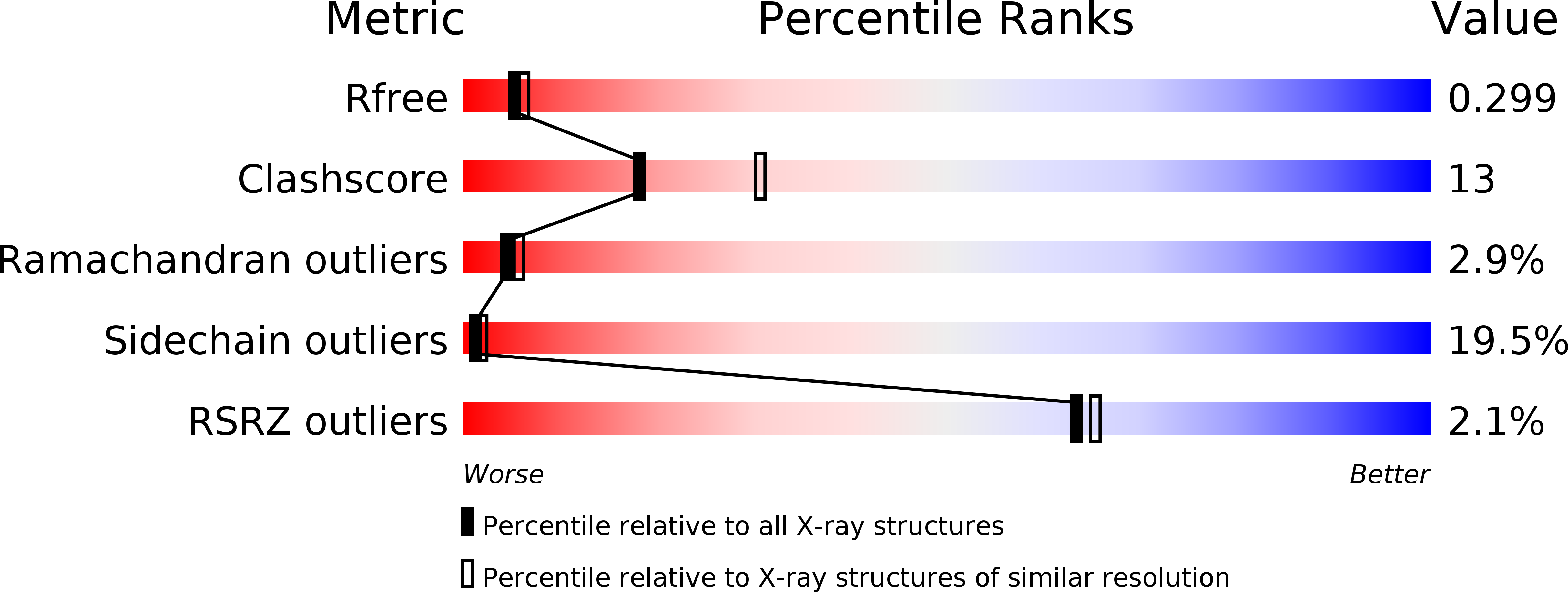
Deposition Date
2009-03-30
Release Date
2009-09-22
Last Version Date
2024-03-20
Method Details:
Experimental Method:
Resolution:
2.47 Å
R-Value Free:
0.28
R-Value Work:
0.22
R-Value Observed:
0.22
Space Group:
P 32 2 1


